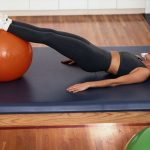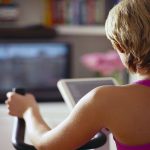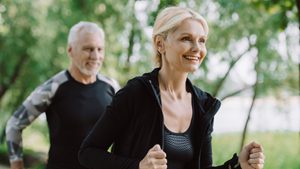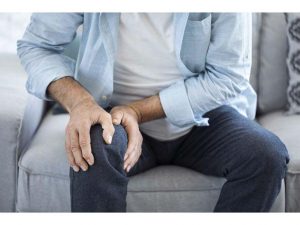
A state-of-the-art home gym might not just be beyond the scope of your budget, it also might be beyond the scope of available space. But don’t rule out this convenient fitness option so fast. According to the American Council on Exercise, if you can clear a 6-foot by 6-foot area for working out, you can outfit a home gym with the basics for under $100. Plus, these space-conscious items can be stored in a closet or under the bed when not in use. Just don’t forget that they’re there once you buy them! Start with a good mat for floor work, like yoga, Pilates, ab exercises and push-ups. The price typically depends on the thickness you choose, and thickness depends on what you’re using it for. Next is at least one stability ball for doing a variety of exercises, including balance work and crunches. Choose one made for your weight and height. When you’re sitting on it, your thighs should be parallel with the floor. Stretchy resistance bands are great for strength training when you don’t want a full set of weights. On their own, they weigh nothing and take up less space than a pair of socks. You might buy them in various tensions to match up with the different strengths of various muscle groups. There are also circular bands that go around your… read on >



































